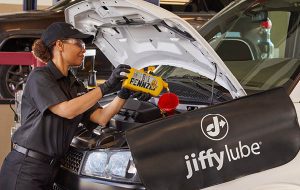Why new alternator not charging battery Jan 2023
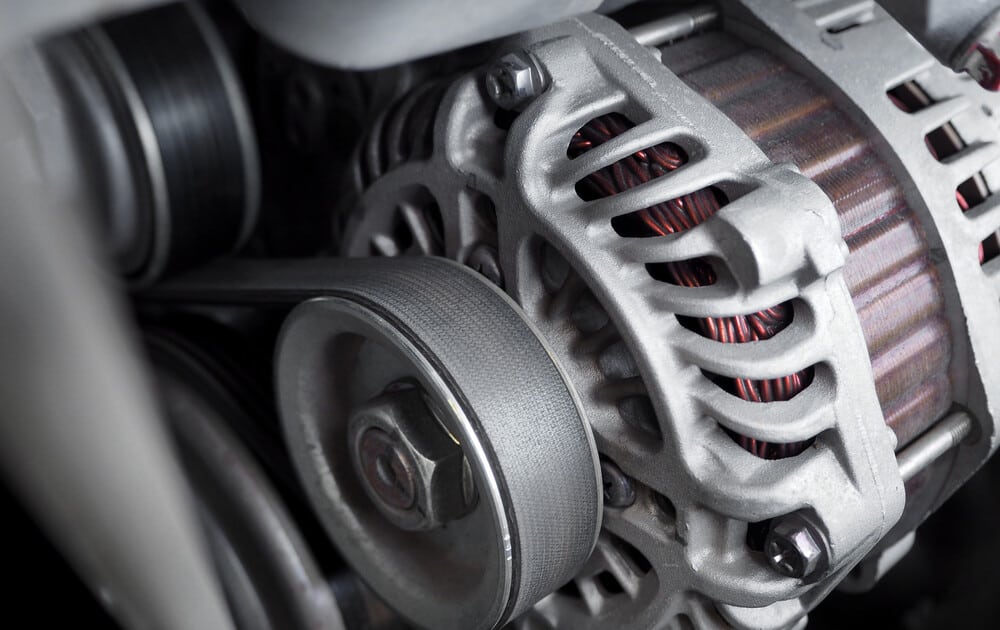
It was a misconception that the car’s battery-powered everything. This is not true, despite what the general perception is. The alternator is the real hero responsible for engine starting, battery charging, and air conditioning. Your vehicle battery is not able to provide enough power to the engine to enable it to start. It’s a three-part system. A battery, voltage regulator, and alternator all go into making up an automobile charging system. Your car’s new alternator is supposed to charge your battery while you are driving. If it doesn’t, your automobile will come to a complete stop and you will think, why new alternator not charging battery.
It’s unlikely that a vehicle would last more than 10 minutes on a brand-new battery. To keep your automobile running, you’ll need an alternator to charge your battery and alternate the flow of electricity between various parts. Most alternators are attached to the engine via brackets that bolt to a precise location. The drive belt is generally tightened by one of the brackets, which is usually a fixed place.
What is an alternator?
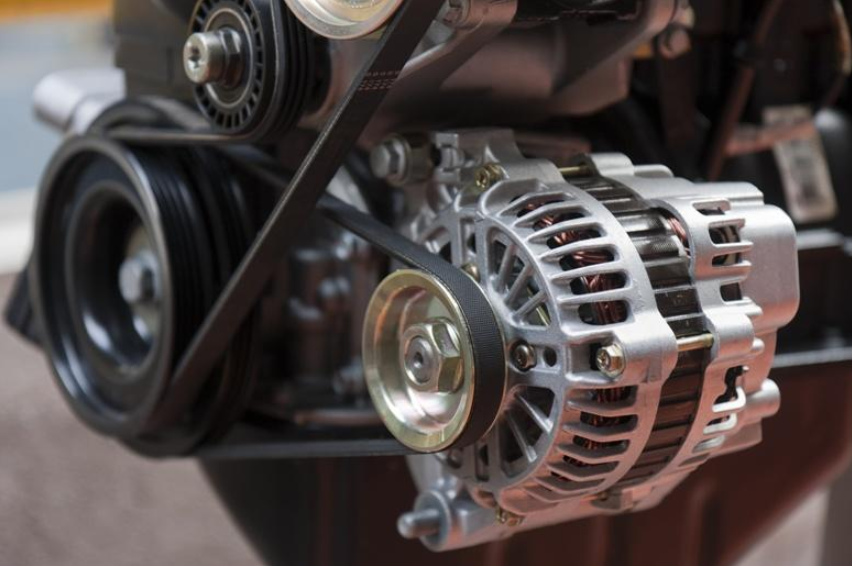
Are you aware of the fact that you cannot recharge the battery if you don’t have an alternator?
The alternator is the primary source of generating power, but the battery stores it for later use. During periods when the engine is not running, the alternator serves as a power source by recharging the vehicle’s battery. So, in a sense, the alternator serves as a power generator.
Here a question arises that how does the power get to the generator, and how it works?
The car alternator/battery charger operates straightforwardly. The alternator’s auxiliary belt is a serpentine belt, connecting it to the belt drive. As the engine gets started, this belt starts to move. The crankshaft drives the alternator, which turns the up-and-down action of the pistons into circular movement. Alternator and battery operate together to create electricity for the vehicle’s electrical components such as the dashboard, headlights, and taillights. The word alternating current gives its name to an alternator (AC).
Alternators generate AC power via electromagnetism, which is produced by the stator-rotor relationship. The energy is directed into the battery, which provides the necessary voltage to manage the house’s numerous electrical systems.
Symptoms that a new Alternator not charging battery:
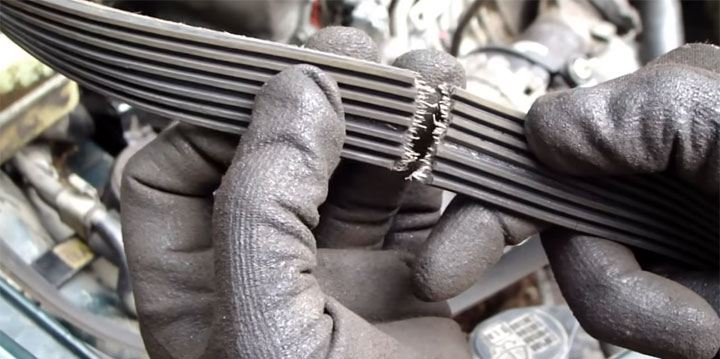
My car battery is not charging, or why is my car battery not charging, is the common issue vehicle owners may face. It’s not always easy to figure out what’s wrong when your car won’t start. A dead battery may seem to be a little issue, but there may be underlying issues that need to be addressed first. Because many of the battery’s and alternator’s symptoms are the same, it may be difficult to determine which one is malfunctioning. Your vehicle may experience a variety of situations during its charging system problems and alternator problems. These conditions generate problems like car battery will not take charge, or car battery will not hold a charge, etc. Some of the common symptoms of alternator and charging issues are:
- Alternator or charge indicator light turned on is the first and most relevant indication of alternator stopped working.
- You may find a noisy alternator as sometimes growling sounds appear before an alternator fail.
- Your vehicle battery starts demanding more water than before.
- While driving your automobile, keep an eye on the brightness of the inside lighting to notice dim interior lighting as another sign of a damaged/dead car battery or alternator.
- Experiencing the smell of burning hot wire or rubber is the sign of the alternator’s over-heating.
- It becomes difficult to start your vehicle’s engine, and it cranks slowly or not at all.
- Another symptom that the alternator isn’t operating is dim or too bright headlights. Because the alternator fails to keep the battery fully charged, your vehicle’s headlights begin to brighten as you speed and fade as you stop.
One possibly major reason for the issues listed above and other issues is a problem with the charging mechanism that means the car battery charger not working. Typically, you can detect and resolve the problem yourself using a few simple tests and tools. Identifying the problematic component or components is preferable to just changing the whole system and hoping it does the trick. The earlier you discover what’s wrong, the better. You’ll save money on your repair since you won’t let a malfunctioning component affect other system components.
Warning: Some people may recommend you run the engine with the negative battery wire disconnected to test the alternator. But it is advised not to do this kind of test since it might end up causing further damage to your vehicle’s electrical system.
How to test the new alternator?
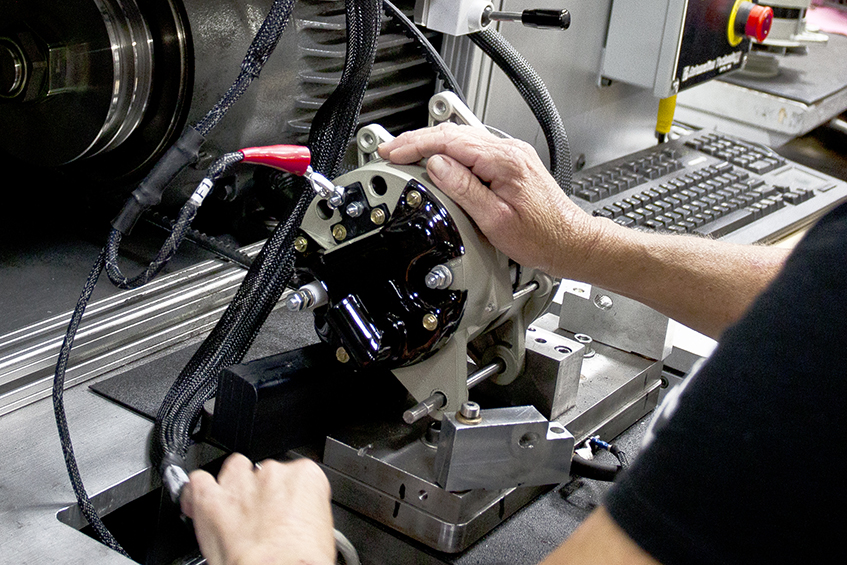
Your problem might be caused by a dead alternator, an overcharged battery, or a discharged battery. Check to ensure that the alternator’s power belt is secure around the alternator and rotating while the engine is running before doing the next checks. Also, look for loose wires, misconnections, or damage in the alternator-to-battery cabling.
Use the following diagnostic procedures to find out whether your car’s new alternator needs repair or replacement:
TEST #1: Standard Method
- Start the engine as usual by turning the key in the ignition.
- Turn on every electrical device you can, such as windshield wipers, A/C, heated seats, etc. Modern automobiles have more extras, so load up as many as available.
- Connect your multimeter’s test leads to the negative and positive terminals. A voltage of 13-15 volts is ideal. Your alternator is faulty if the voltage is out of range.
- The voltage should be approximately 12.9 volts when you turn off the car, then steadily decline to 12.7 volts. This is called surface charging and indicates that your vehicle’s new alternator is working properly.
TEST #2: The Light Test Method
- To start the engine, insert your key into the ignition as usual. Set your headlights to their default setting.
- Turn on all of the electrical devices you have access to. For instance, audio, air conditioning, heated seats, windshield wipers, and so forth.
- As you switch on your accessories, pay special attention to the brightness of your headlights. If your headlights begin to fade considerably, your alternator is faulty. In more extreme circumstances, your headlights may continue to fade until the car entirely stalls.
- It is preferable to take this exam in a dimly lit place to obtain a better reading.
Replacement or rebuilding of an alternator:
The new alternator is extremely pricy. Replacing an alternator will be far more expensive than rebuilding the alternator. Replacing an old alternator cost you between $420 and $850, making it a pricey repair. If you have spent this money but are still facing trouble with a new alternator, it is good to replace the driving belt. It will not cost much more, but it will help you save money by reducing labour costs.
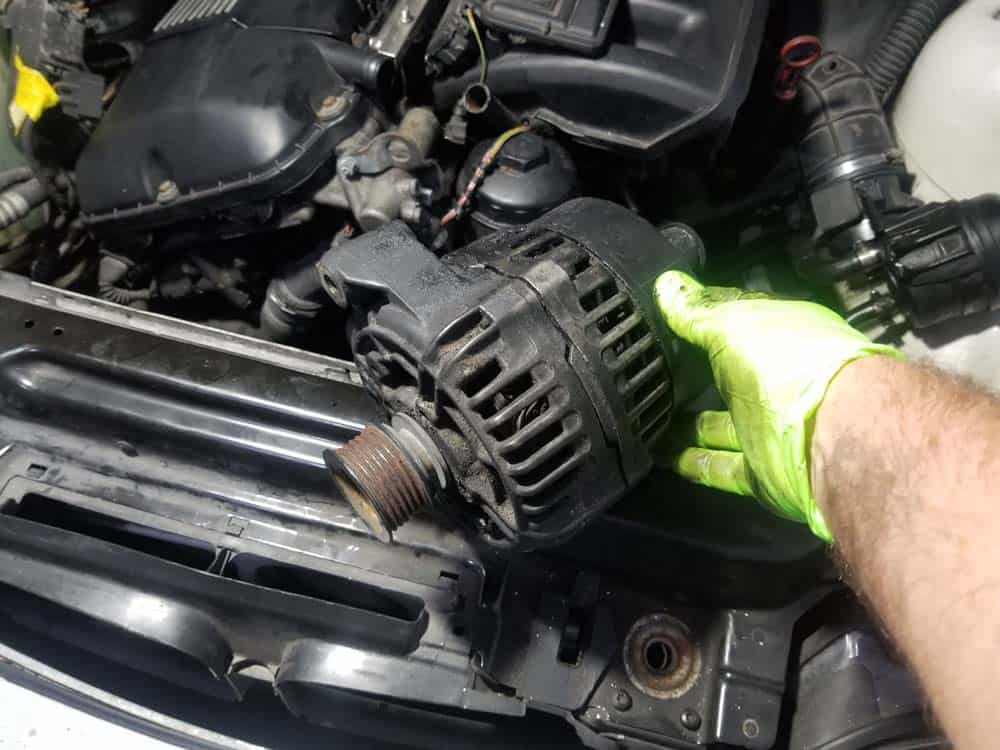
Even though it takes longer and needs more labor, rebuilding an alternator is substantially less expensive. The only significant expense will be the removal and installation, which will run you roughly $70-$120. Even after including in the $80-$150 builder’s charge, the cost is still hundreds of dollars cheaper than replacing an alternator. You may also choose to repair an alternator at home. Although, ‘’how to fix a car alternator’’ is a time taking job, but it is easy to do on your own. This is a decision that will cost you less than $50 if you do it yourself.
Main reasons your new Alternator is not charging & their solutions:
1. Expired or corroded battery:
Unfortunately, batteries have a limited lifespan. Depending on how often and far you drive, as well as the temperature where you reside, a vehicle battery may last anywhere from 2 to 5 years. An old car battery that is not working or failing may be at blame if the alternator fails to charge when you need it.
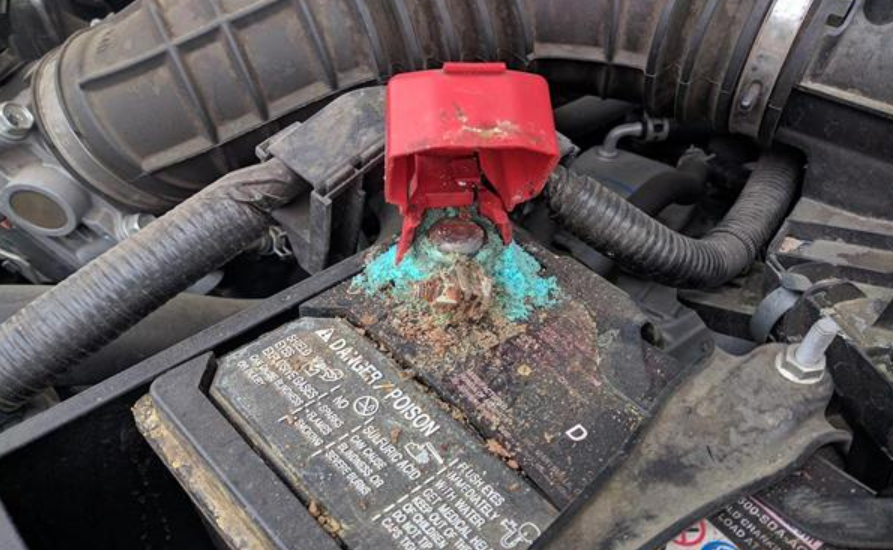
But if you have just replaced your old battery with the new one and the alternator is also working perfectly, then maybe something is draining the battery, or you have got a bad new battery. After-market accessories might cause battery depletion in your car, such as radio, music systems, GPS units, Bluetooth adapters, horns, charging ports, and security systems. If these accessories are not connected correctly to your car’s electrical system or left on while your vehicle is off, they might deplete your battery.
Solution:
You may try to jump-start your automobile battery to recharge it if it has been assessed as being exhausted. However, if the replacement battery you received does not recharge after a jump start, the battery is defective.
Batteries cannot be maintained to be reused. If you have a problem with your automobile battery, the only alternative is to replace it.
2. Damaged or broken serpentine:
Pulleys and belts present in the radiator system work together to swiftly transform mechanical energy into electrical energy for the alternator. If your belt breaks down over time, your alternator will stop working. It’s impossible to have a damaged belt without a broken pulley. After a given period of usage, a pulley may fail without anyone’s fault but simply due to deterioration over time. The alternator will be unable to provide the battery with the charge it needs if this happens. When your serpentine belt slips, your alternator may have trouble keeping up with the engine’s rotation.
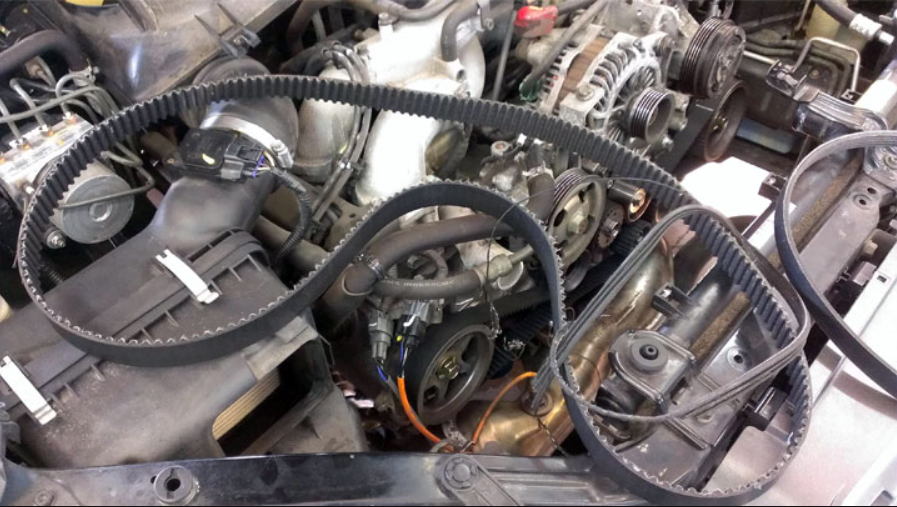
Solution:
Replacing a damaged alternator belt is simple, and it restores full charging and backup power to the alternator. Just lose the belt tensioner, remove the damaged or broken serpentine belt from the pulley, and replace it with new serpentine with the required specifications. Align the pulley perfectly with the grooves of the belt and tighten the belt tensioner as much as required.
3. Damaged or broken fuses:
The fuse protects the alternator against high voltage situations or current overload, which may damage the alternator. It is located in the fuse box and is linked to the alternator’s power connection. Fuses may be harmed by a power surge or by wearing out over time due to infrequent usage. If this occurs, the alternator’s current may be cut off, stopping it from charging. You can check your fuse box for the fuse connected to the alternator. If you find it has a melted wire, it indicates that a blown fuse was the actual reason for your new alternator, and the new alternator not charging battery.
Solution:
All vehicles don’t have alternators that are dependent on the fuse to run it smoothly. So be sure to check your owner’s handbook to determine whether your vehicle has this precise alternator and fuse set-up.
By replacing the blown or damaged alternator fuse, you can resolve this issue. The alternator might be damaged if you replace a blown fuse with a different voltage and type. So always make sure that the replaced fuse has the same voltage and type to avoid damaging your system.
4. Malfunctioning diodes:
The diodes are responsible for converting the power from alternating current to direct current. The diodes may burn out if they are exposed to high temperatures or are shorted. When a diode breaks, the alternator has a hard time supplying enough power to the battery. Alternator diode difficulties are often caused by excessive heat generated by electricity going through the diodes, dry diode solder connections, and battery terminal reversal.
Solution:
Replace the diode rectifier assembly if any of your car’s alternator diodes malfunction.
5. Wiring Issues:
Many times with a brand new car battery, new alternator not charging battery. Wiring systems assist an alternator charge and functioning properly by supplying the right amount of electricity at the right time. If one of the wires is broken or unplugged, the alternator has no longer produced and delivered electricity.
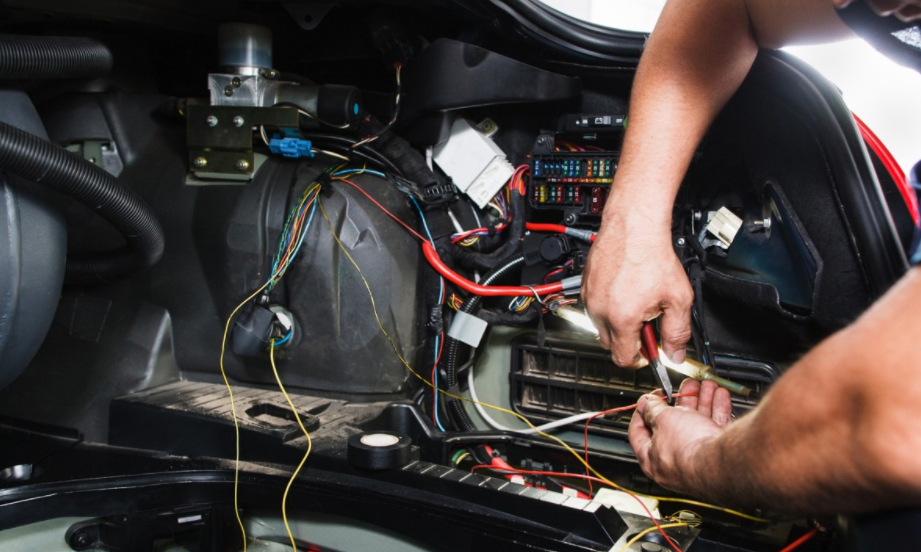
The latest model vehicles are complete enough not to diagnose this wiring issue, and you have to consult the manufacturer’s handbook for this. Visual examination of wires and the terminal connected to the battery helps you to identify the problem. It is also advised to use a multimeter or a specialist voltmeter to verify the voltage drop and the cables.
Solution:
To resolve this issue replace the wirings if they are faulty. You can use sandpaper and a wire brush to clean rusted metal surfaces to get them clean and fresh again if your issue is terminals or wires becoming corroded. If any wire connections are loose, make sure they are all correctly tightened. When you fix the wires, be careful to achieve a voltage drop of 0 or less than 0.1. Remember to scan the whole vehicle’s electronic system.
6. Fault in ECU:
Automobiles that are newer and more contemporary are equipped with advanced technology. The engine control unit, abbreviated as the ECU, is responsible for controlling almost all of the vehicle’s electrical components. When the engine control unit has a problem, the alternator will cease charging and providing electricity.
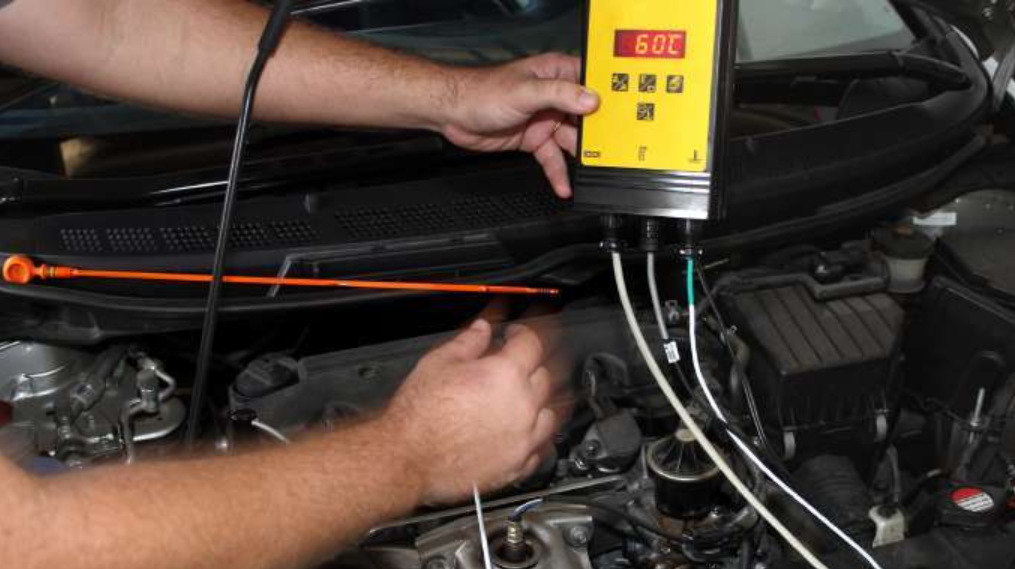
Occasionally, computers may behave strangely and give out incorrect messages. If you cannot locate any problems with the battery, alternator, drive belts, or wiring, the issue may just be a defective computer.
Solution:
You need professionals to resolve this issue for a scan on the computer or get the best Bluetooth obd2 scanner and run your scan to determine what is being reported. This system needs to be reset. Resetting the device may resolve the issue and cause the light to remain off. This is the last thing you should do since it is critical to take your battery light or charging system light seriously, as failing to do so can leave you stuck with a dead battery.
Conclusion:
Alternators are essential components of your vehicle’s electrical system and must be kept in excellent operating condition at all times. A battery problem must be handled immediately if you’ve replaced your alternator, but your battery is still drained. Since your alternator and battery work together to maintain your electrical systems charged and ready for use, this is the case the alternator supplies the bulk of the energy in your car.
Even though it’s easy to assume that any electrical problems, such as a broken light switch or radio, result from a bad battery if you notice that your car battery not holding a charge and your car is not starting, the alternator is one of the first areas you should check. There are a few things to examine if your vehicle’s electrical systems aren’t operating correctly even though you have a brand-new alternator and are certain it is working.
Even brand new components might also have failures within a short period of time. Even if your alternator is brand new, it never hurts to double-check and put it through its paces to ensure that it is operating correctly and efficiently. Using your multimeter, you can determine whether or not your alternator is doing the functions it is supposed to be performing. As previously stated, when your car is turned off, your battery should be measured at about 12.5 to 12.8 volts. Turn on the electricity, and you should see a gradual increase in voltage. Alternators are normally in perfect working condition as long as they can do this task, and the issue may be caused by one of the other issues listed below.
Common FAQ’s related to new alternator not charging battery:
Q #01: Can I drive my car with a faulty or bad alternator?
Answer: Although driving a vehicle with a defective alternator is technically possible, it is recommended that you do not do so. Because you have a dead battery with a non-working alternator, you have just a little time until your vehicle stops and won’t restart.
Q #01: The alternator was found to be in good working order, but the battery is still dying?
Answer: If new alternator not charging battery, it’s safe to assume that if the battery passes the test, something else is draining it. After-market stereos (especially ones that need a permanent life) can drain batteries if they are not placed properly. Before leaving the car, make sure all the lights are off (including the inside lights).
Q #02: Why is it that my vehicle battery won’t maintain a charge after being left overnight?
Answer: In the unlikely event that you did not leave the headlights switched on, this is caused by a malfunctioning battery or by a drain on the battery. You have to check the battery and, if necessary, have a reputable repair do a diagnostic on the remainder of the vehicle.
Q #03: How come my car battery won’t charge all the way?
Answer: The battery has a defective cell, which is most likely to blame for this issue. Only around three to four years are allotted to the life of a battery. Battery replacement is the only option for most cars that can’t be serviced. If you need assistance selecting a new battery, go no further than our shopping guide on the finest vehicle batteries.
Q #04: Will a jump-start work if the alternator is not functioning properly?
Answer: Yes, if the battery is fully charged, but only briefly. After a brief while, the car will stall if the alternator is not charging the battery. If you can turn off any unnecessary electrical systems, you may be able to drive the car for a short distance.
Q #05: Is it possible that the car battery is not charging completely?
Answer: Most likely, a defective cell inside the battery is to blame for this. Batteries have a relatively short life cycle of around 3-4 years. The majority of automobile batteries cannot be maintained; the most effective remedy is to replace the battery. If you need assistance deciding on a new vehicle battery, see our best car battery purchasing guide.
Q #06: Is it possible that the new car battery will not keep a charge?
Answer: The battery is not broken, and then there is something else that is causing the battery to lose its storage capacity. A competent car electrician should be able to determine the source of the problem.
Q# 07: Will my car’s alternator charge my battery?
Answer: Yes, even while the automobile is not running. The automobile battery must be properly disconnected before working on the electrical system. That’s why certain HVAC systems won’t operate with a dead battery. Because the HVAC system draws electricity even while the vehicle is off, if the battery doesn’t have enough voltage to start the car, the HVAC system won’t work either.
Q #08: Is it possible for a faulty alternator to destroy a brand new battery? If yes, then how?
Answer: If your alternator is malfunctioning, you will not be able to start your automobile or recharge your battery. Even if the battery is brand new, it might be harmed by this method. Alternators aid in maintaining a stable electrical system voltage. Bad alternators can shorten the life of your battery since they can’t keep it charged as long.
Q #09: Is it possible to recharge a dead battery with a new alternator? If so, where is the fuse located between the alternator and battery?
Answer: Yes. Most current automobiles are equipped with a single fuse that supplies electricity to the battery and the alternator. This fuse may be found in the engine compartment, beneath the hood, or in the fuse box of your vehicle. The fuse is usually found in the fuse box of most automobiles.
Q #10: What is the best way to tell whether the problem is with the battery or the alternator?
Answer: Repairing the alternator and charging the battery are not difficult tasks, but you must first choose which of the two tasks you should do:
- Turn the key. The dashboard warning lights should turn on if the battery has any juice remaining. The alternator is not operating if the “Charge” light does not come on.
- Inspect the alternator belt for damage. In certain versions, it has a cooling fan. If the alternator is raised more than 1/4 inch from the pulleys, it must be tightened or replaced.
- Start the automobile after charging the battery or connecting it to another vehicle using jumper wires. If the alternator light does not turn off, this indicates that the charging system requires attention.
- Turn on the engine and the headlights. If they fade quickly, the charge is low. The alternator may be charging the battery if the lights come on. When you start the engine, the headlight intensity does not change.
- Attach a voltmeter to the battery while running. 14 volts approx. The alternator isn’t working. If you switch on the heater, rear window defogger, lights, and radio, the voltage drops to under 13 volts.




